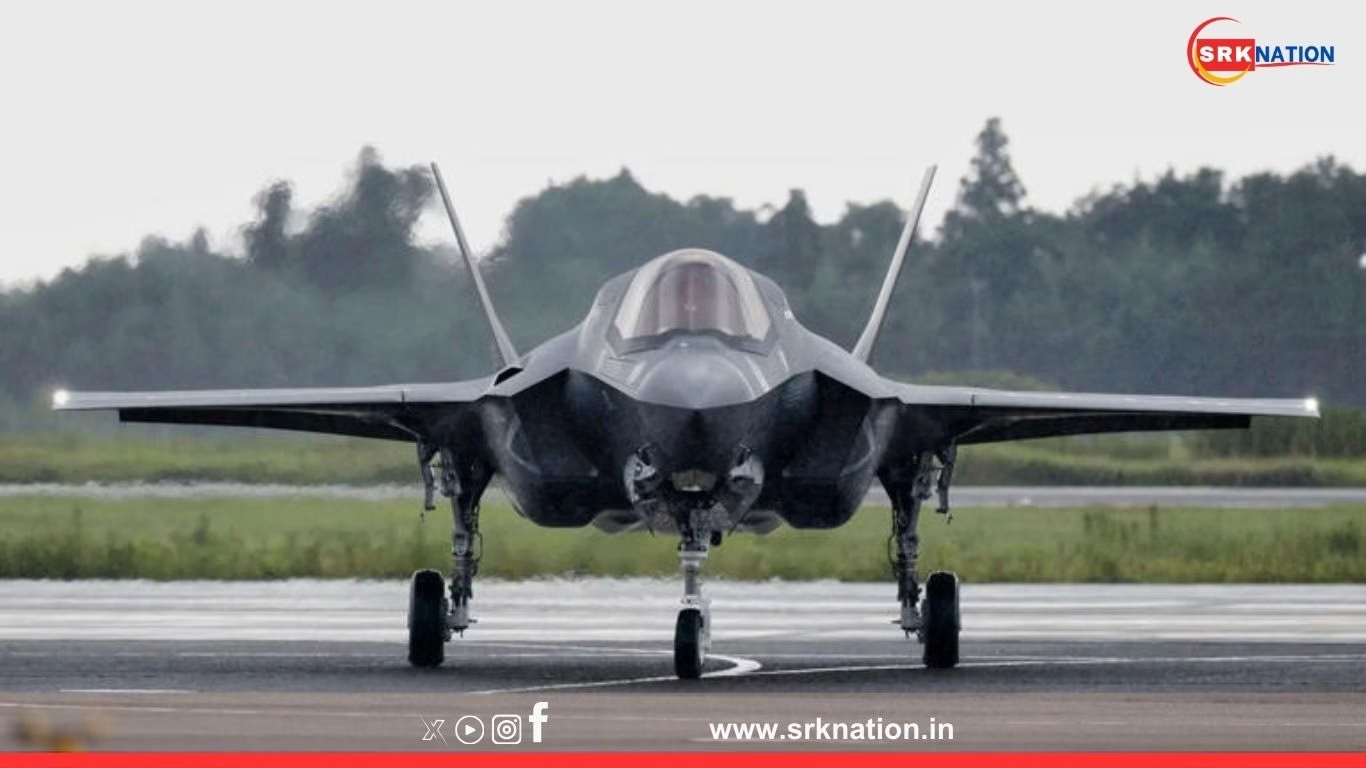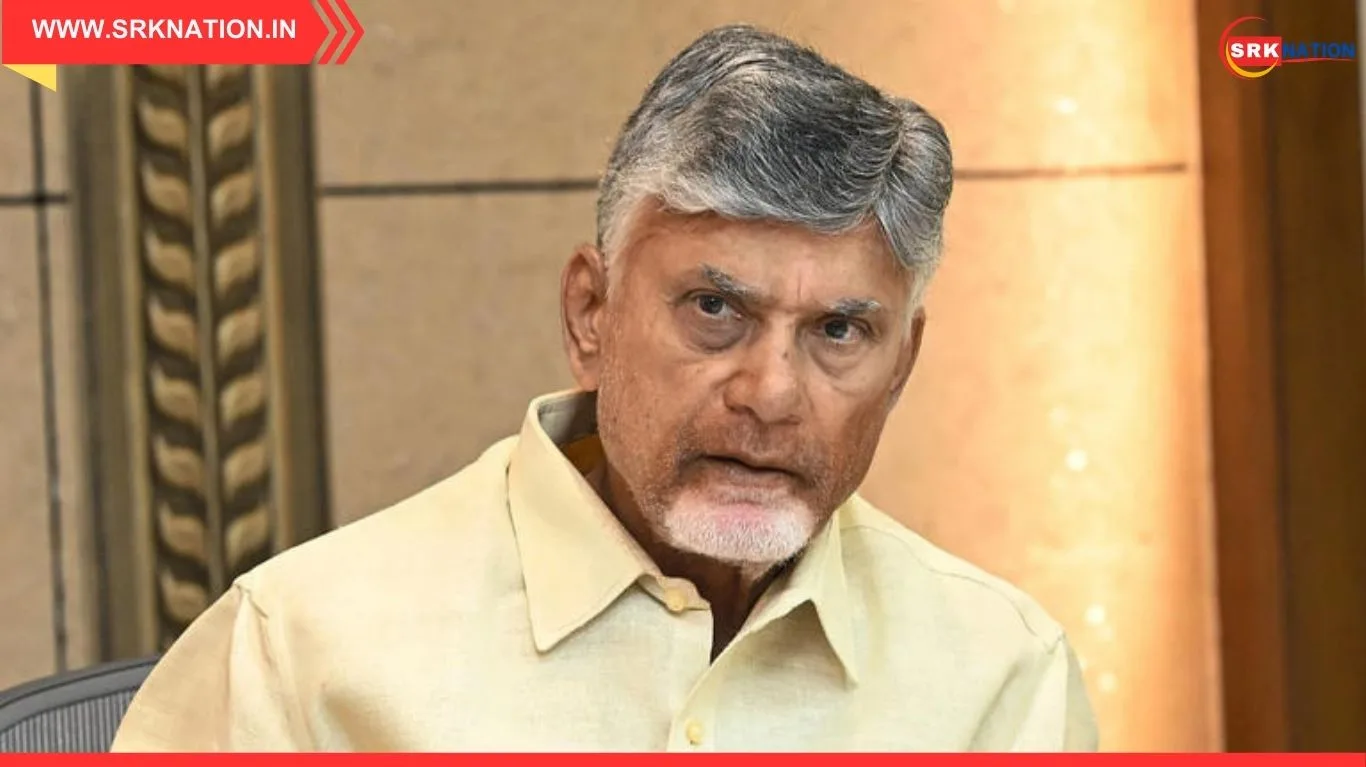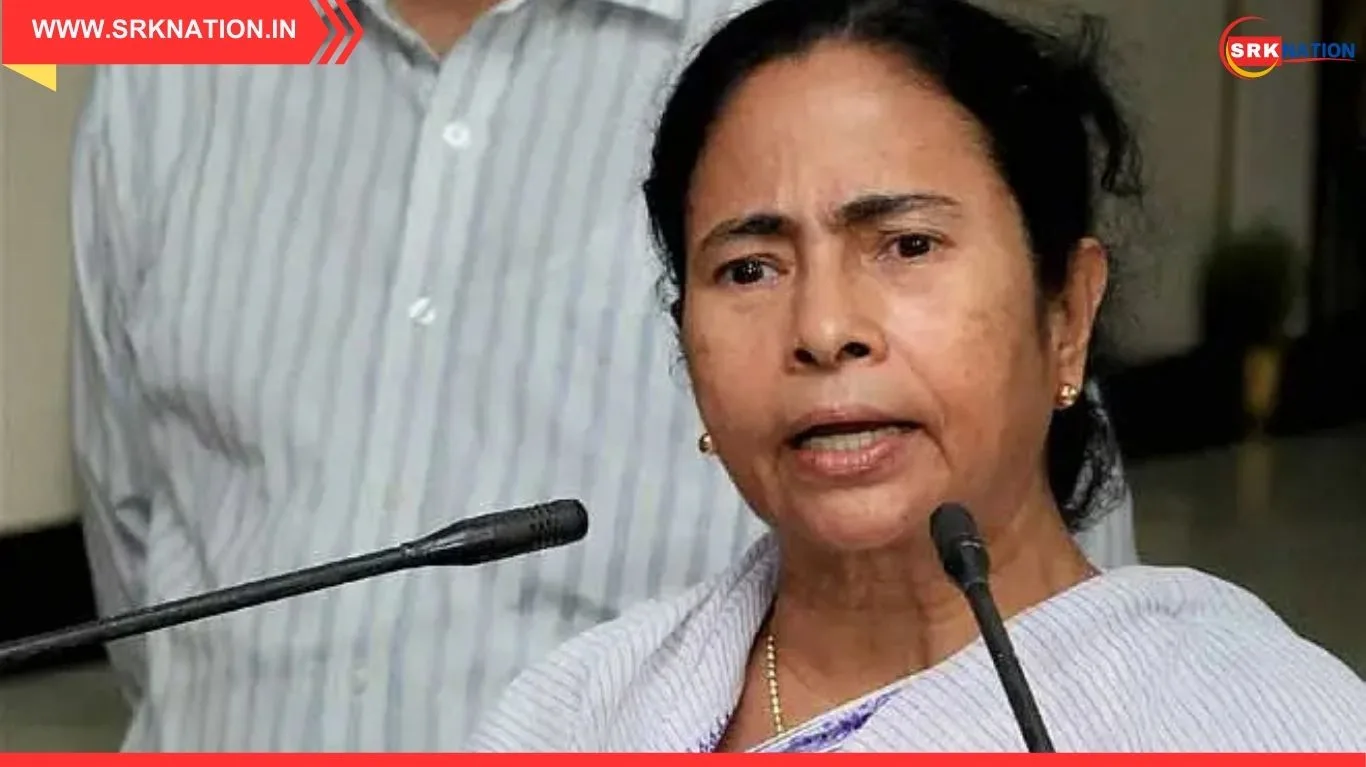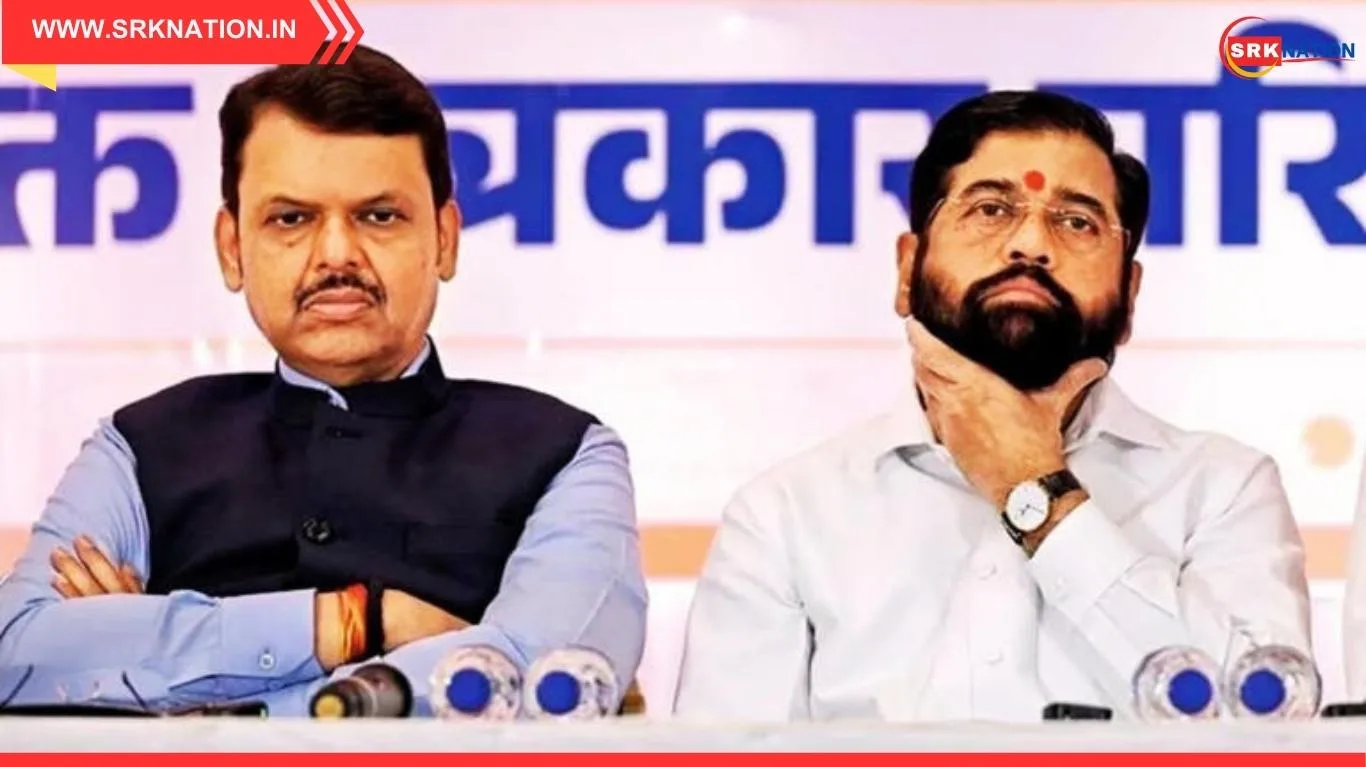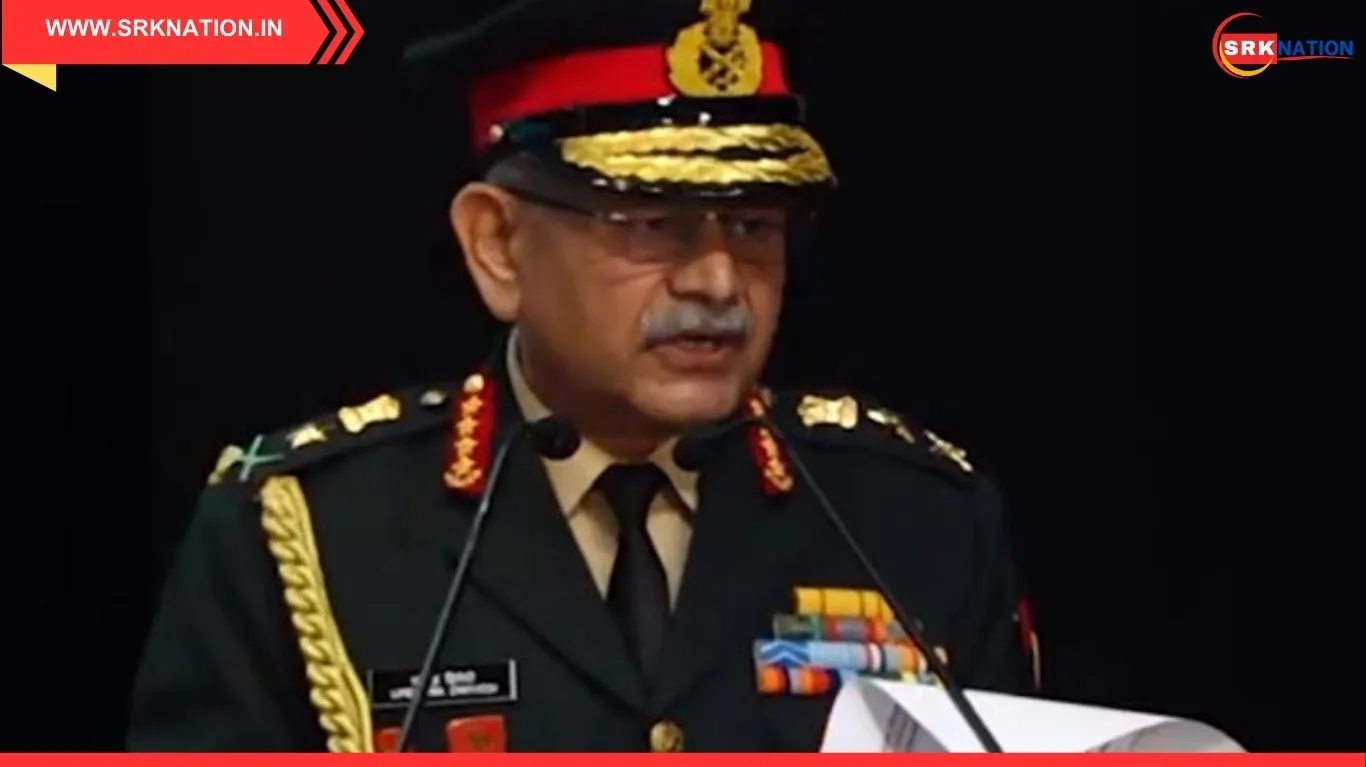India is reportedly considering French-made fighter jet engines for its next-generation aircraft programmes as negotiations with the United States over joint manufacturing of GE F-414 engines continue to face delays. According to senior defence officials, New Delhi is in advanced discussions with French aerospace giant Safran SA to co-develop and locally produce a 120-kilonewton (kN) class engine that would power the second batch of India’s Advanced Medium Combat Aircraft (AMCA), a 5th-generation stealth fighter.
The move signals a strategic shift in India’s defence procurement and manufacturing roadmap, driven by the need for technological autonomy, faster execution timelines, and deeper bilateral trust. While the US remains a key defence partner, the sluggish pace of talks over the GE F-414 engine—initially intended for Tejas Mk-2 and AMCA Mk-I—has prompted India to explore alternatives that offer full transfer of technology (ToT) and intellectual property rights.
India’s Fighter Jet Engine Strategy – Comparative Overview
| Engine Model | Country of Origin | Target Aircraft | Status | Technology Transfer |
|---|---|---|---|---|
| GE F-414 | United States | Tejas Mk-2, AMCA Mk-I | Talks ongoing | Partial ToT proposed |
| Safran 120 kN Engine | France | AMCA Mk-II | G2G deal signed | Full ToT + IP rights |
| Kaveri (GTRE) | India | Legacy R&D platform | Under development | Indigenous effort |
The French proposal, cleared by India’s Defence Research and Development Organisation (DRDO), is part of a $7 billion government-to-government (G2G) agreement that includes complete technology transfer, co-development, and local manufacturing in partnership with India’s Gas Turbine Research Establishment (GTRE). The engine will be designed to meet stealth, supercruise, and high-thrust requirements of the AMCA Mk-II variant, with prototype rollout expected by 2027 and flight testing by 2028.
Defence Minister Rajnath Singh has hailed the collaboration as a “breakthrough in propulsion sovereignty,” adding that it will reduce India’s dependence on imported subsystems and shield future platforms from export restrictions or sanctions.
AMCA Fighter Jet Programme – Development Timeline
| Milestone | Target Year | Description |
|---|---|---|
| Preliminary Design Phase | Completed | ADA finalised stealth and performance specs |
| Prototype Rollout | 2027 | First AMCA Mk-I with GE F-414 engine |
| Flight Testing | 2028 | Initial trials for Mk-I and Mk-II variants |
| Engine Certification | 2032 | Safran-DRDO engine validation |
| Full Induction | 2036 | AMCA Mk-II enters IAF service |
India plans to build nearly 200 AMCA jets to replace aging British-made Jaguars and French Mirage-2000s. The twin-engine stealth platform will feature internal weapons bays, advanced sensors, and AI-enabled avionics. The Safran-powered Mk-II variant is expected to offer superior thrust-to-weight ratio, reduced infrared signature, and enhanced agility for deep strike and air superiority missions.
The decision to lean towards France also reflects geopolitical recalibration. While India-US defence ties remain robust, recent trade tensions and delays in engine talks have prompted New Delhi to diversify its strategic partnerships. France, which has consistently supported India on sensitive defence deals, is seen as a reliable partner with proven co-production experience—especially after the successful Rafale acquisition and helicopter engine collaborations.
India-France Defence Partnership – Key Projects
| Project Name | Domain | Indian Partner | Status |
|---|---|---|---|
| Rafale Fighter Jets | Combat Aircraft | IAF, HAL | 36 jets inducted |
| Shakti Engine (Helicopter) | Rotorcraft Propulsion | HAL, Safran | Co-production ongoing |
| AMCA Jet Engine | Fighter Propulsion | DRDO, GTRE | Development underway |
| Scorpene Submarines | Naval Warfare | MDL, Naval Group | 6 submarines delivered |
Industry experts believe the Safran-DRDO engine project could position India among the few nations capable of designing and manufacturing high-thrust fighter engines. The collaboration will also enable India to export propulsion systems in the future, boosting its defence manufacturing footprint under the “Aatmanirbhar Bharat” initiative.
Social media and defence forums have responded positively to the development, with hashtags like #AMCAEngine, #SafranIndia, and #IndigenousJetPower trending across platforms. Analysts have called the move “a decisive leap in aerospace self-reliance.”
Public Sentiment – Reaction to French Engine Collaboration
| Platform | Engagement Level | Sentiment (%) | Top Hashtags |
|---|---|---|---|
| Twitter/X | 1.6M mentions | 84% supportive | #AMCAEngine #SafranIndia #JetPower |
| 1.3M interactions | 88% optimistic | #DefenceManufacturing #MakeInIndia | |
| 1.1M interactions | 80% proud | #IndiaFranceDefence #AMCAUpdate | |
| YouTube | 980K views | 82% analytical | #JetEngineExplained #AMCAPrototype |
The Ministry of Defence is expected to formally announce the engine roadmap in the upcoming Defence Expo, where prototypes, simulation models, and supply chain plans will be showcased. The Safran-DRDO engine will be manufactured in India with full control over design, testing, and certification, ensuring strategic autonomy.
As India prepares to enter the 5th-generation fighter era, the choice of engine will be pivotal. With French collaboration offering speed, sovereignty, and scalability, the propulsion decision may well define the future of Indian airpower.
Disclaimer: This article is based on publicly available defence reports, government statements, and verified media coverage. It does not constitute military advice or strategic endorsement. All quotes are attributed to public figures and institutions as per coverage. The content is intended for editorial and informational purposes only.







